Can a Cat's Paw Pad CHANGE COLOR? Is It Normal?
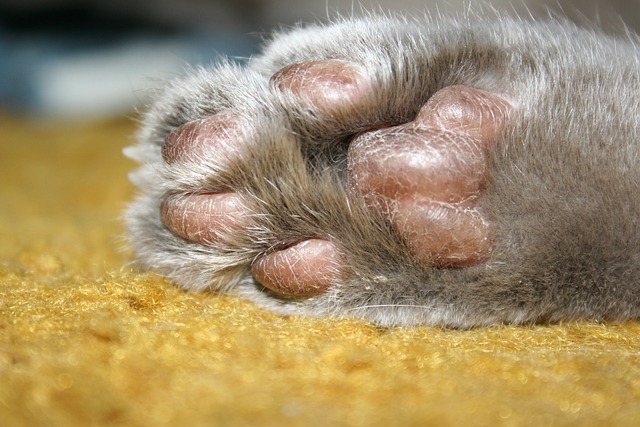
Concerned about the health of your feline friend?
Paws up if you've ever noticed something strange about your cat's paw pads 😺.
Wondering if it's normal for those little cushions to change color?
Well, take a deep breath, because we're about to unravel this mysterious paw pad puzzle together.
Let's dig in and discover the truth.
Ready?
Let's go!
Does Cat’s Paw Pad Change Color With Age?
Yes, a cat's paw pad color can change as they age. This natural process may result in lighter or faded colors. However, you must keep an eye out for any unusual changes, as they could indicate underlying health issues that require attention.
With cats, paw pad color change is quite common as they grow older.
You might notice that their paw pad color becomes lighter or fades.
And it's all perfectly natural.
Some cats even have black paw pads that naturally change color with age or in certain breeds.
Now pay attention here...
Your kitty's paw pad color can be a clue about their overall health. So keep an eye out.
Changes in paw pad color could mean something more serious is going on, like illness or discomfort.
Remain sharp.
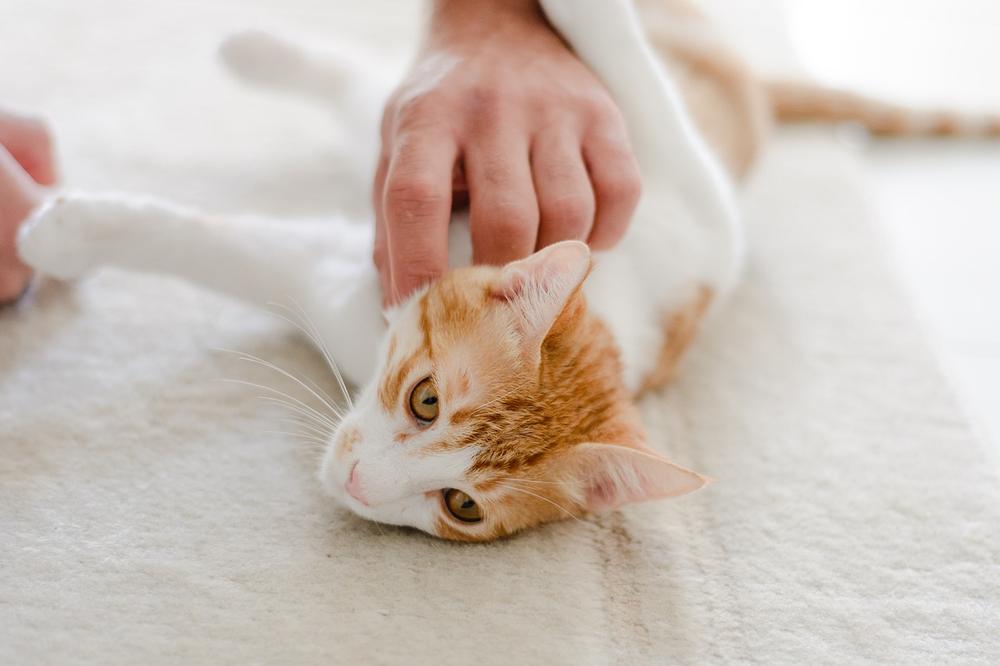
Watch for any unusual paw pad color changes, as this might signal a problem you should address ASAP.
Meow.
When cats are born, their paw pad color is set. But over time, it may change due to aging and vitamin deficiencies.
Take note though:
Cats with multi-colored fur often have pads that reflect those various hues.
So there it is. Now you know how the cat paw pad color game works.
Stay aware, stay curious.
Main points I'll expand upon further down this article:
- Paw pads are cushions of tissue that protect and provide traction for cats.
- Paw pads can come in various colors, including black, lavender, and spotted.
- Paw pads are made of fatty tissues and serve different functions.
- Paw pads can be used to identify lost cats due to their distinct patterns.
- Cats' paws are designed for hunting and stealthy movements.
- Paw pad color changes can be a sign of various medical conditions.
- Paw pad injuries are common and can be identified by pink tint or black scabs.
- Autoimmune conditions can affect paw pads, causing inflammation and ulcers.
- Paw pad color changes can be temporary or permanent.
- Any change in paw pad color should be examined by a veterinarian.
But did you know that cat's paw pads are not just for walking?
Oh, no!
These amazing pads have a whole range of functions that will surprise you.
Let me tell you all about them!
What Are Paw Pads?
Paws pads, my pals, are the unsung heroes of our feline friends.
They're crucial, let me break it down.
These paw pads aren't just for show, no siree, they serve a purpose.
Let me explain:
Firstly, these tough cookies protect cats from harm. They shield against rough surfaces and sharp objects that could hurt their delicate little feet.
Believe me, cats may not show it, but they appreciate this added layer of defense.
But wait!
There's more!
Paw pads also give them grip.
Cats are agile creatures, prowling and leaping all over the place.
These pads help them walk, run, and climb with slick ease.
And here's something cool...
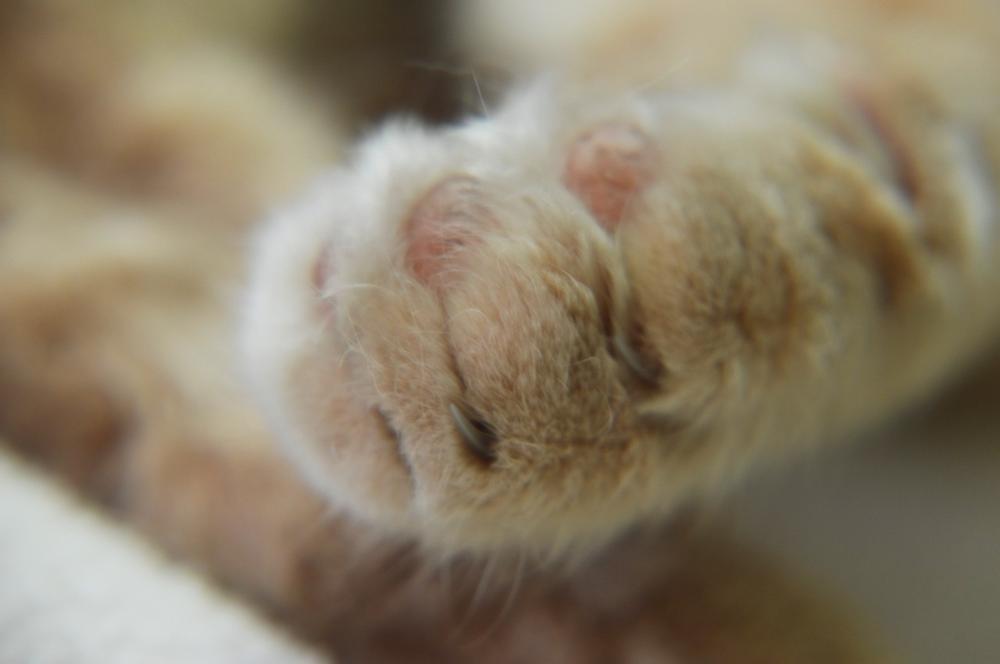
They're not one-dimensional.
These pads also keep cats warm in chilly weather.
Yup, folks, they work as heat insulators too!
Because, you know, even when the temperature drops, cats like to be cozy.
Now, get this, each pad is made up of fatty tissues like collagen and adipose.
Fancy, right?
And those tissues come in various hues like black, lavender, and spotted.
A kitty's paw pad could be a work of art in itself.
The design is pretty neat too!
With four segmented digits and claws, a cat's paw pad is made for hunting and sneaky moves.
I'm telling you, these paws are truly special.
So next time you gaze at your furry buddy, take a moment to appreciate those paw pads.
An unsung hero indeed!
What Other Paw Pad Diseases Are Most Common?
When it comes to paw pad diseases in cats, there are several conditions to be aware of. Here's a practical list of some common paw pad diseases:
- Vitiligo: This condition causes white patches on the paw pads and fur. It is characterized by painlessness, lightened skin, and coat. Vitiligo can spread from the face to the body.
- Plasma Cell Pododermatitis: This disease results in inflamed and swollen paw pads with a purplish tint. Antibiotics are usually prescribed for several months as treatment.
- Pododermatitis: Inflammation and purplish tinting of the paw pads, which can be addressed with antibiotic treatment.
- Carcinoma: A serious condition where cats develop ulcers and sores on their paw pads. Immediate veterinary attention is required for diagnosis and treatment.
- Vitamin Deficiency: Cats may experience this due to overdosing on supplements or an imbalanced diet. Ensuring a balanced diet is crucial to prevent vitamin deficiencies.
- Polydactylism: Cats with more toes than usual, which is often harmless but should be monitored for any associated health issues.
- Declawing: The controversial procedure that involves amputating a cat's digits, causing long-term paw pad discomfort and potential complications.
Observing your cat's paw pads regularly and seeking veterinary advice when necessary is essential for maintaining paw pad health!
And if you're curious about why your cat's whiskers seem extra long, I highly recommend checking out my article on Why Are My Cats Whiskers So Long.
In it, I delve into the fascinating reasons behind this peculiar trait.
So, whether you're concerned, uncertain, or simply intrigued, I invite you to dive deeper into the whisker mysteries that await you.
The Reasons for Paw Pad Color Changes
Here are 8 reasons why your paw pads might change color:
- Not getting the right nutrients can mess with your paw pad color.
- Stuff like aging, allergies, injuries, or diseases can also cause those changes.
- Different colors might mean different medical conditions, like purple for plasma cell pododermatitis or depigmentation for vitiligo.
- Infections, toxins, or injuries can mess with your paw pad color too.
- You should always let a vet check out any changes that happen.
- Pink tint or black scabs could mean you've got some kind of injury, illness, or disease going on.
- Anemia, which is when you don't have enough red blood cells, can lead to color changes and symptoms like feeling weak, tired, losing your appetite, or seeing bloody fluids.
- If you're dehydrated or dealing with anemia, make sure you get some help from a vet.
It might surprise you, but your paw pad color can say a lot about your health.
So if anything seems off, hit up your vet without hesitation.
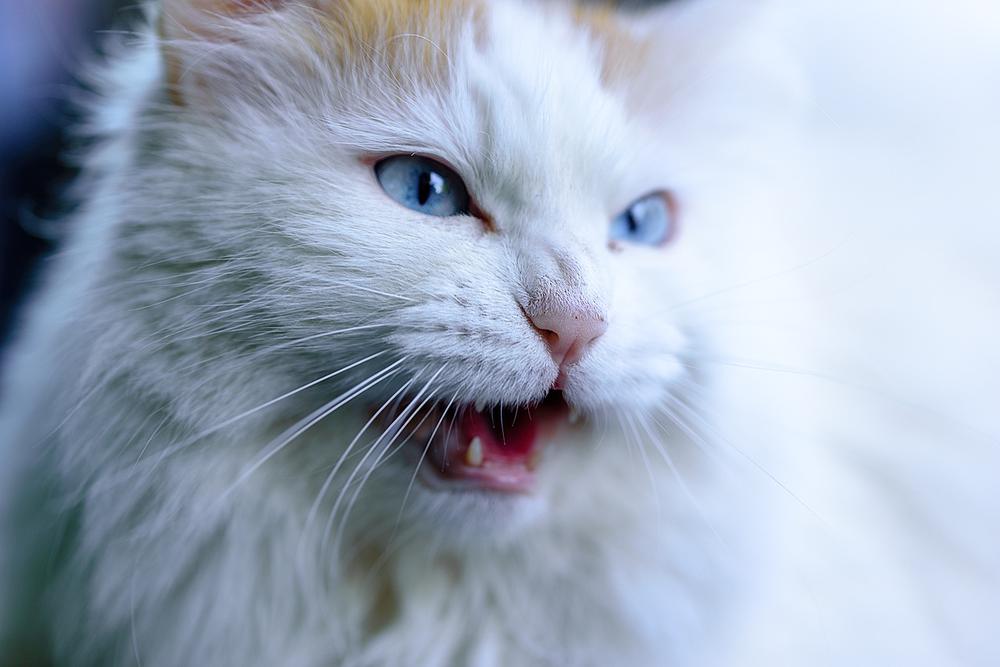
You don't wanna ignore any color changes.
Instead, take action and keep those paw pads healthy.
That being said, keep an eye out for any weird color differences.
Your paw pads deserve good care, just like the rest of you.
Why Are My Cat’s Paw Pads Different in Color?
The color of a cat's paw pads usually matches their fur color. Calico or tortoiseshell cats have paw pads that reflect their fur patterns, while Tuxedo cats have pink and black pads. Pale paw pads could indicate anemia, so you must watch for additional signs and consult a vet.
Do you find yourself captivated by the diverse colors of your beloved feline's paw pads?
Well, this topic is undeniably intriguing.
Cats with calico or tortoiseshell coats often possess paw pads that mirror their distinct fur patterns.
Each hue on their exquisite coat is reflected in a corresponding shade on their paw pad. It's akin to a masterpiece!
And here's an interesting tidbit...
The color of your cat's paw pad typically aligns with their fur color.
Therefore, if your feline friend is black, it's likely that their paws will be as well.
On the contrary, Tuxedo cats frequently exhibit a fashionable combination of pink and black paw pads.
In contrast, white cats flaunt delightful pink paw pads that irresistibly beckon you to give them a gentle boop.
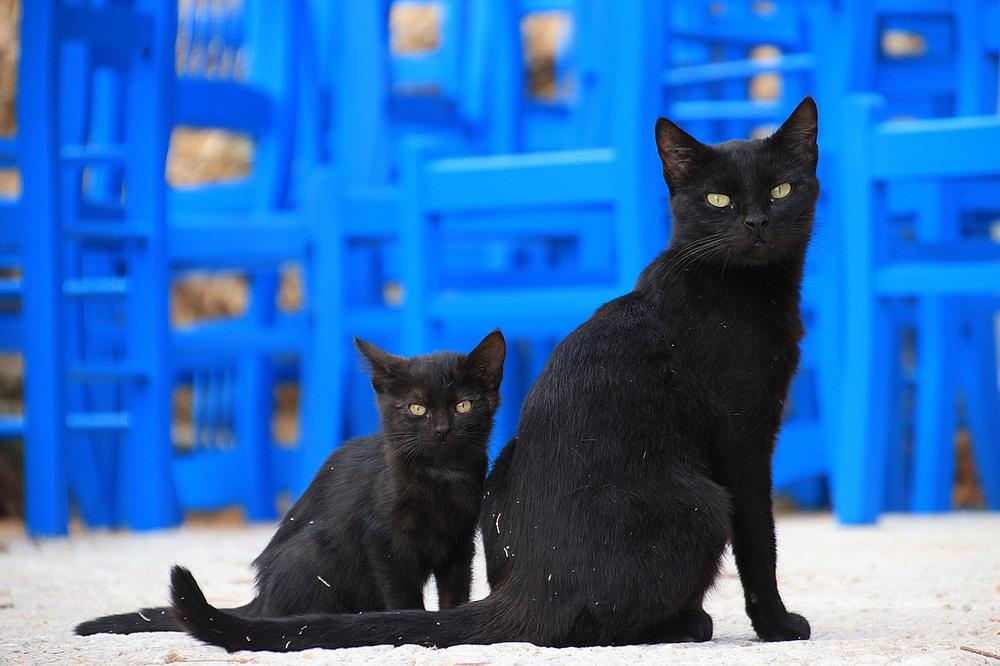
However, there's more to uncover...
Occasionally, pale paw pads can raise concerns.
They could potentially indicate anemia in cats, a condition characterized by a lack of sufficient healthy red blood cells.
Therefore, watch out for any additional signs of anemia, such as weakness or lethargy, and consult your veterinarian if you have apprehensions.
Shifting gears, specific breeds like Bombay, domestic shorthair, or longhair cats bearing black fur are prone to possessing deep, enigmatic black paw pads.
A flawless match for their sleek exterior.
Now, go ahead and relish in admiring those endearing and intricately designed paw pads on your furry companion.
Now, you may be wondering about another intriguing aspect of your cat's paw pads.
What if they appear red?
Well, let me tell you, the color of your cat's paw pads can reveal a lot about their health and well-being.
So, let's dive into the fascinating world of red paw pads and what they might signify for your furry friend.
Why Are My Cat’s Paw Pads Red in Color?
Red paw pads may signal various issues in your cat, including inflammation, infection resulting from allergies or environmental changes, insect bites, or inflammatory conditions.
The paw pads can be naturally pink or red, but fungal infections can also cause reddening.
To ensure your cat's health, watch for signs of anemia like lethargy, weakness, and loss of appetite.
Reasons for the Pink Coloration of My Cat's Paws
Hey there cat lovers, let's talk about your furry friend's paws turning pink.
It could be totally normal, or it might be signaling something more serious.
You never know, some cats actually have naturally pink paw pads. It's like their own little fashion statement.
But if your kitty's paws are turning pinkish-white, it could be a hint of anemia creeping in - a condition where their red blood cell count starts dipping.
Now, don't freak out just yet.
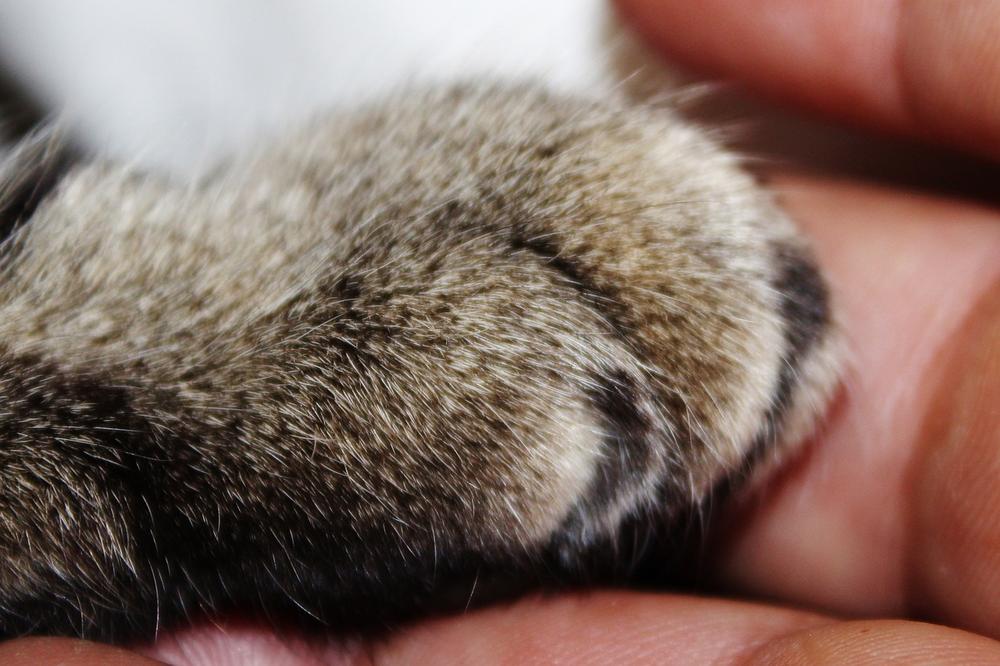
Pale or white paw pads can also be linked to other health issues.
Paws that lack color might be a sign of anemia, parasites or even dehydration.
Worry not, there's a simple solution for this concern...
You gotta take 'em to the vet!
A veterinarian will help identify what’s causing the paw pad color change, and trust me, that trip is essential for keeping your precious furball in tip-top shape.
Our cats rely on us to get proper care when things seem off-kilter.
So, if you spot pale or white paw pads, visit the vets pronto!
And that wraps up today's article.
If you wish to read more of my useful articles, I recommend you check out some of these: Why Are My Cats Whiskers Curling, Why Wont My Cat Drink Water From Her Bowl, Why Does My Cat Have a Saggy Belly After Being Spayed, Why Are My Cats Whiskers So Short, and Why Do Cats Rub Their Eyes
Talk soon,
-Sarah Davis